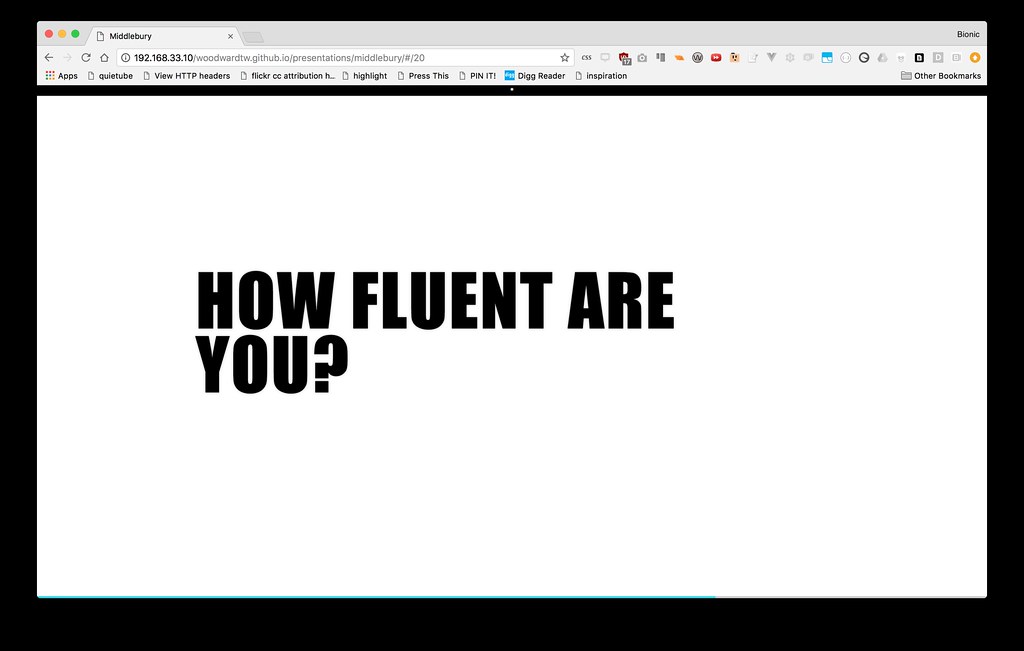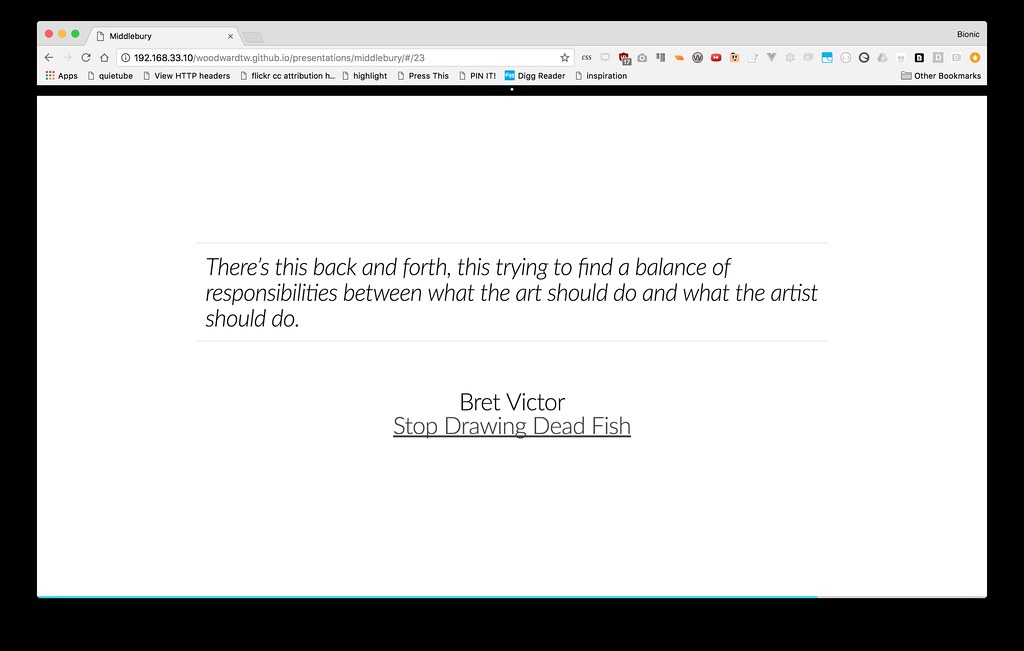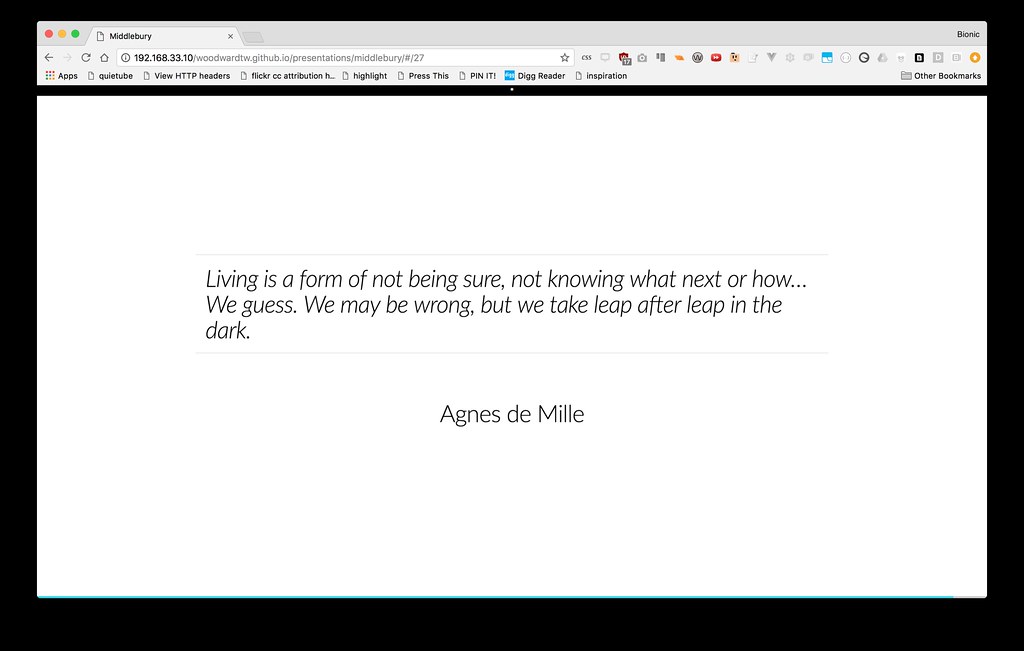I had the chance to talk to the kind folks from Middlebury about digital fluency Friday. I’ll probably do a better job getting into the depth of things with this as I was moving pretty rapidly for the 20 minute presentation. It’s also super-meta in a way that’s hard to articulate verbally so I’m going to try to use digital elements to allow that to surface more obviously.
You can view the original presentation in the reveal.js framework here.1
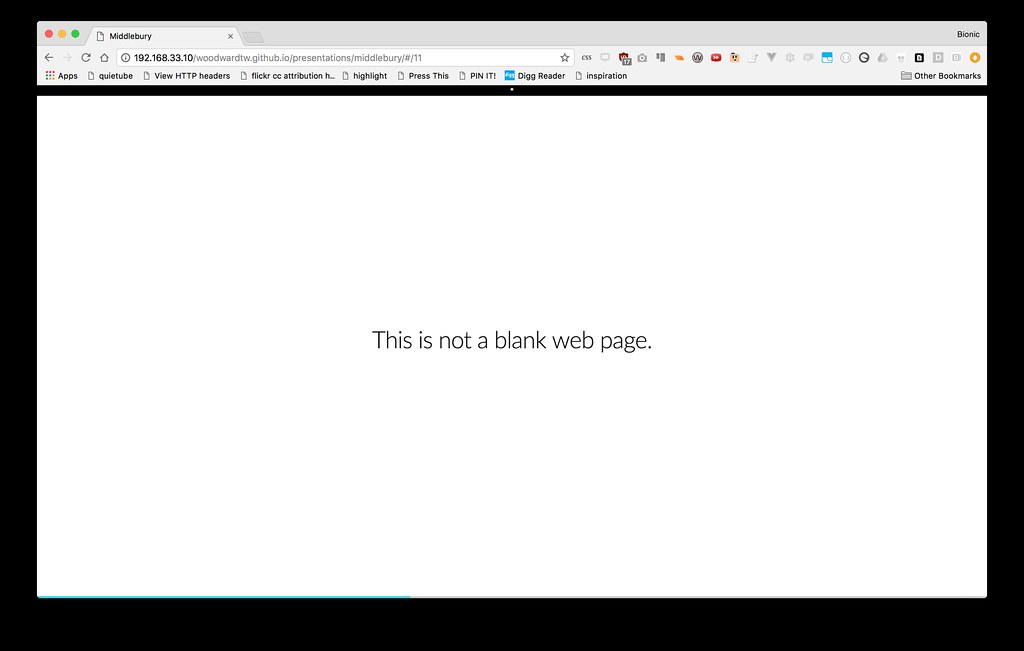
I thought this was funny. I considered translating it to French to further emphasize the “this is not a pipe” thing but after surveying a few people in the office I became less confident anyone would know what I was talking about and I would have to rely on Google Translate for the French which seemed risky given Middelbury’s language focus.
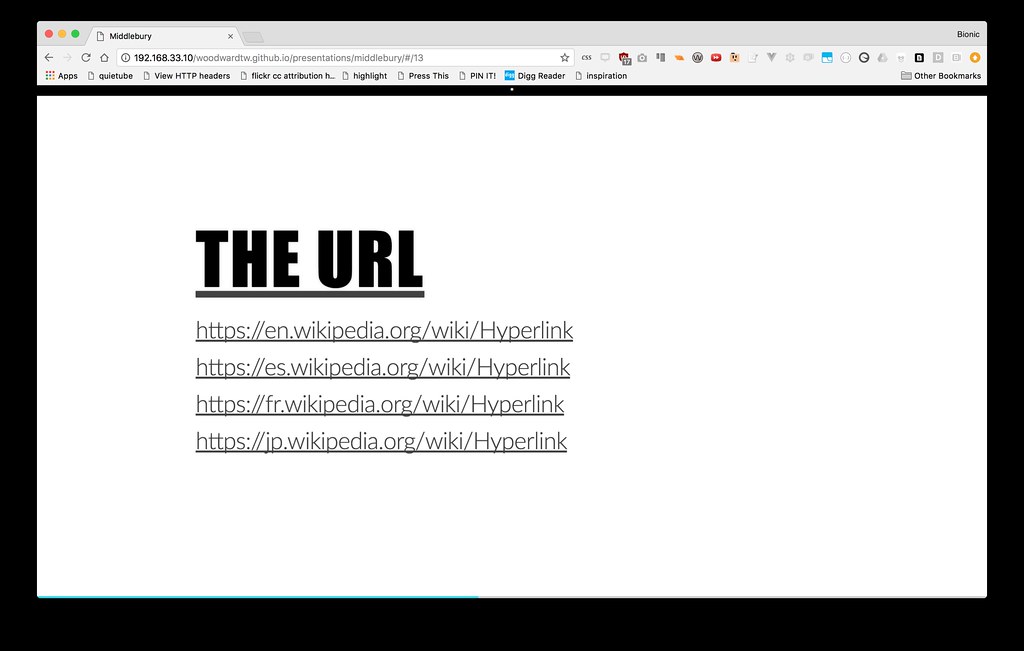
Part of what I wonder, now even more than a few years ago, is what people are thinking when they talk about digital fluency. There’s just so much there and it’s so entwined with so many other things. My goal was to have people vote on a 1-5 scale on how complex an example of digital fluency by holding up their fingers. That didn’t work to well because Zoom doesn’t let you do the gallery view of participants when you share your screen and trying to scroll through didn’t work too well. Live an learn.
So I started with the idea of the link/URL. It’s a uniquely digital capability. I used the Wikipedia structure to point out that the various flavors move you between languages for the same article. You may or may not notice something like that but knowing it gives you a bit of power, it opens an avenue of consideration, and it becomes a tool you can use with or without the web designer giving it to you directly.
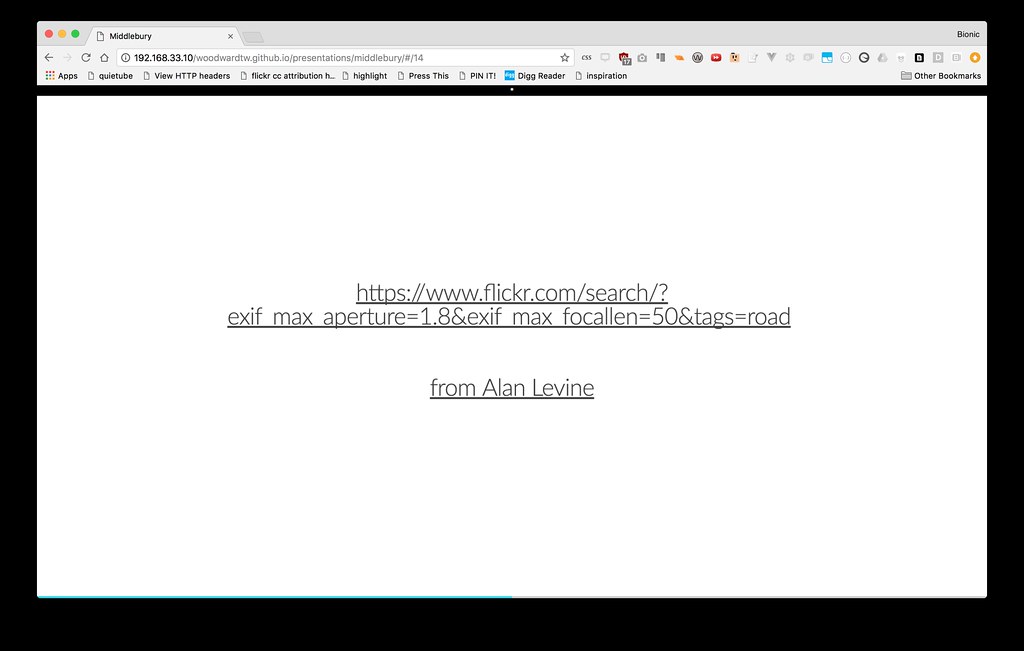
That’s played out more explicitly in Alan’s Flickr example where he figures out how to do more advanced searches than the normal interface gives you by breaking down and experimenting with the URL parameters. URLs are not just an artifact of travel but a means to travel and an item with logic that can be manipulated and used to your advantage.
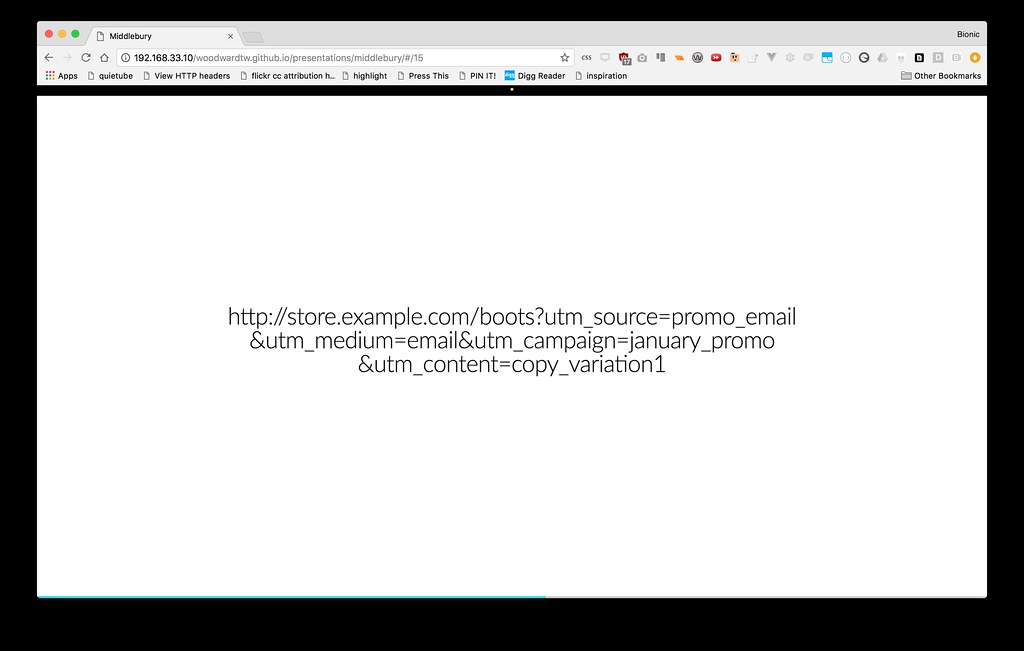
Knowledge and observation of URLs also gives you another realm to consider. You can look at what’s being tracked by companies in links that are given to you and you are better able to opt in or out of that aspect of external observation.
URLs are also far deeper and wider a subject than you might initially believe. I can’t help but think of htaccess, NGINX, Apache, etc. and the complexities involved there. There’s a whole weird world of where things are on (various) servers and where they appear to be via URLs.
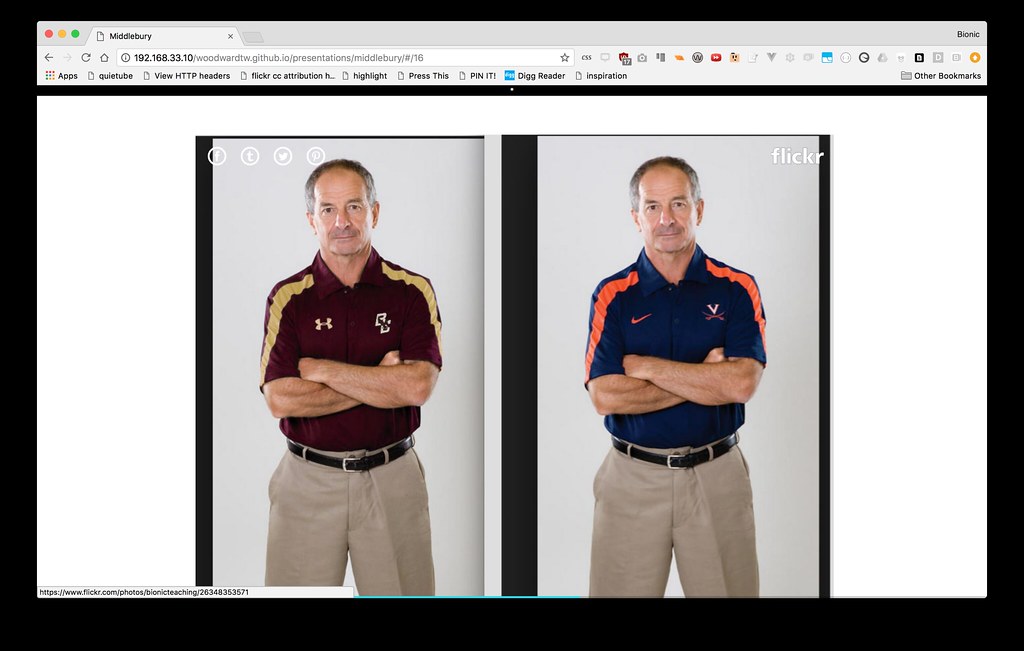
Now we jump entirely away from text and the Internet to graphics. I asked people to vote on which image of my father in law was the real (non-manipulated) one. The image on the right (UVA) is the original image. He is a football coach and was working at UVA but then got a job at Boston College. As is often the case in the land of football, it was a fast move and he needed a new photo for his new job. With a few minutes in Photoshop I was able to change the colors and add the new colors and logos.
It’s strange to me as both images are “true” in terms of representing the fact that he was a coach at both institutions. It echoes the treachery of images from the first slide. The images are not the thing and the things can be true despite the image being manipulated and of course the reverse is true. You can have non-altered images misrepresent reality. Maybe you saw the giant rat picture that went viral a while back? Forced perspective is an old non-digital trick that many people still don’t see. It leaps out to me because I’ve taken photos like that.
Now that I’ve manipulated this2 image I’m also more aware of just how easy it is to do. It changes how much I trust images. Is this an experience that students need? Would altering photos make people increasingly aware of image manipulation when they see images online? Would it make them doubt factual3 images that don’t agree with their views? Probably. It seems a much larger section of our problem with social media spreading false information is not that people can’t think critically about the content but that they do not want to. You’ll also see that people don’t care whether it’s true or not. It “might as well be true” is a response I’ve seen repeatedly. That’s a mindset above and beyond any digital/social media blame. That pattern seems to stick across time/space. We get angry at the media that provides accurate evidence of our failings as humans and as a society. We then blame the media/technology as the cause of the problem rather than the provider of a mirror for what’s actually going on.

I used this email from my eldest son. I asked them to identify aspects of digital fluency that might be evident in just this simple email. They picked up on the fact that John was making sure I saw this email by using four of my email addresses. They also noted that an iPhone 8s in 2016 wasn’t very likely. He’s making jokes via his email signature referencing iPhone versions. Is that digital fluency?
There’s also the idea that digital content exists that can be made analog by everyday people. Conceptually that remains a crazy idea to me but it’s something he may take for granted. To know to look for resources/solutions like this is part of changing how people think of the digital but it’s interesting to think that younger people might not need it.
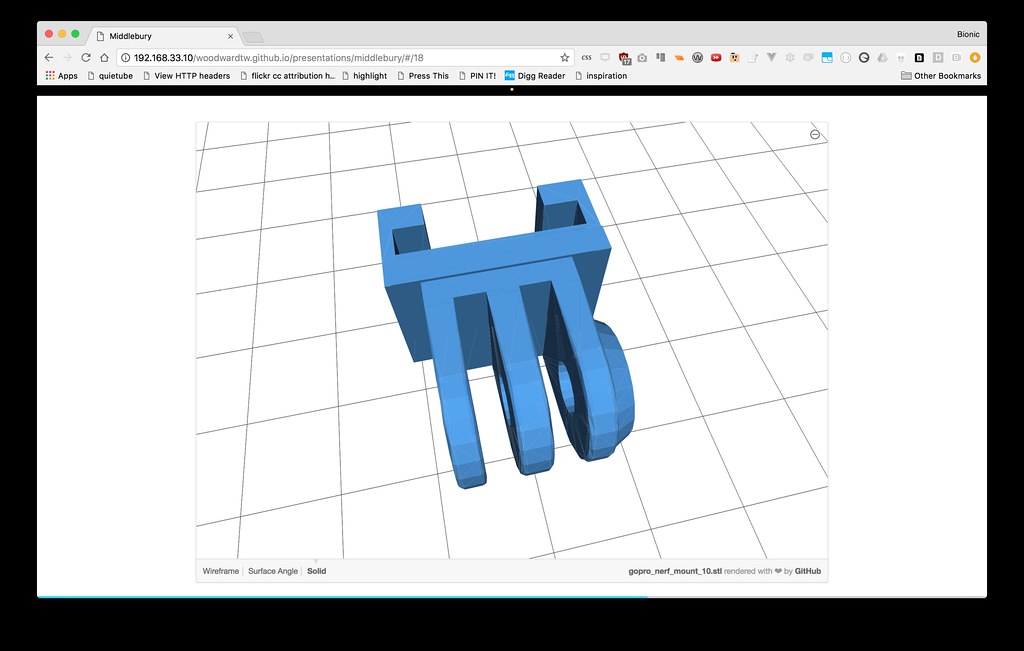
Next up was the what he asked me to print. I asked if anyone had any idea what it was. Hinge was one guess (and true) but another participant came up with GoPro mount. It is a mount to attach a Go Pro to a Nerf gun so they could film POV perspective on their Nerf battles. There’s a number of interesting aspects to that.

The POV perspective has certainly been popularized by video games. Mine Craft is the one my son would have had the most experience with. That is a POV perspective for the most part but he’s also seen videos like this one created by other kids. The idea that some kids have access to video cameras like this and the ability to edit the resultant video in powerful ways is pretty strange. But we’ve shifted again in terms of just how massive digital fluency might be. In this one tiny example we’ve pushed from digital (the STL 3d file), to analog (the printed camera mount), back to digital (the video created) and then through various competencies as the video is edited and published on social media.
And this example also loops back to URLs as the iframe embed code for this video is a URL with variables that determine what controls are shown, where the video starts/stops, whether additional videos are shown at the end etc. Some are built into the interface but others need to be added manually.
https://www.youtube.com/embed/3Qp9DObjCrc?rel=0&controls=0&showinfo=0&start=80&end=144
I then asked them not to answer the question “How fluent are you?” but to consider it for a moment. It’s not a question that makes me comfortable. If I were to rate myself I’d have to start by wondering if this is absolute (based on the most fluent I could imagine) or relative (based on my guess for the average person). I tend towards looking at against what might, or maybe should be. I feel I’ve got a long way to go on that measure. The question makes me fairly uncomfortable as I end up feeling both inferior and arrogant. That’s rarely a good combination and I believe this is very much the wrong question. Digital fluency is so big and so broad and so deep that you can’t hope to get at all the angles.
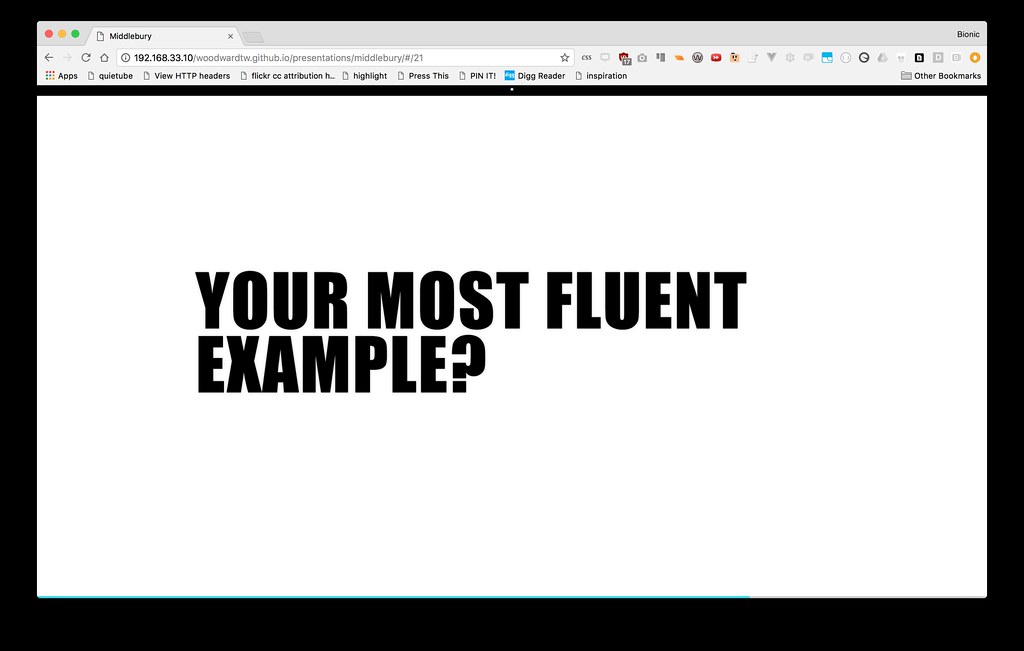
I follow with this question because it’s one I can’t answer well. I think there are a variety of examples. Maybe something like “This is How I Work” but I keep asking myself. Is this uniquely digital? How much is the technology doing for me? What is the technology obscuring/hurting? Can I improve this process? What do I need to do/know for that to happen?
I only had about 4 minutes left at this point but wanted to play this video excerpt of Bret Victor’s “Stop Drawing Dead Fish” but the audio wasn’t coming through. So probably for the better I skipped to the quote I pulled out. You’ll also notice I clipped this video out rather than linking to a portion. I did that because it wasn’t behaving itself when I was testing things. I tried a few rounds but then decided I’d rather just remove an opportunity for a technology failure. I didn’t blame myself. I blamed the technology. Knowing I have certain competencies allows me to blame the correct thing rather than always thinking I’m some kind of failure.
“There’s this back and forth, this trying to find a balance of responsibilities between what the art should do and what the artist should do.” Victor is talking about art but you could replace art with technology and artist with human and you have the question I think people have to wrestle with as they examine their own digital fluency. What should I give over to technology? When should I give it over? How do I give myself more time to do that which is uniquely human? This isn’t a challenge to become more productive although it might be if that’s what you want. It’s a continuous and shifting balance that the individual needs the ability to see and consider. It might be a balance of cognitive load or creative consideration or simple workflow and all of this may shift over time even with many of the same variables at play.
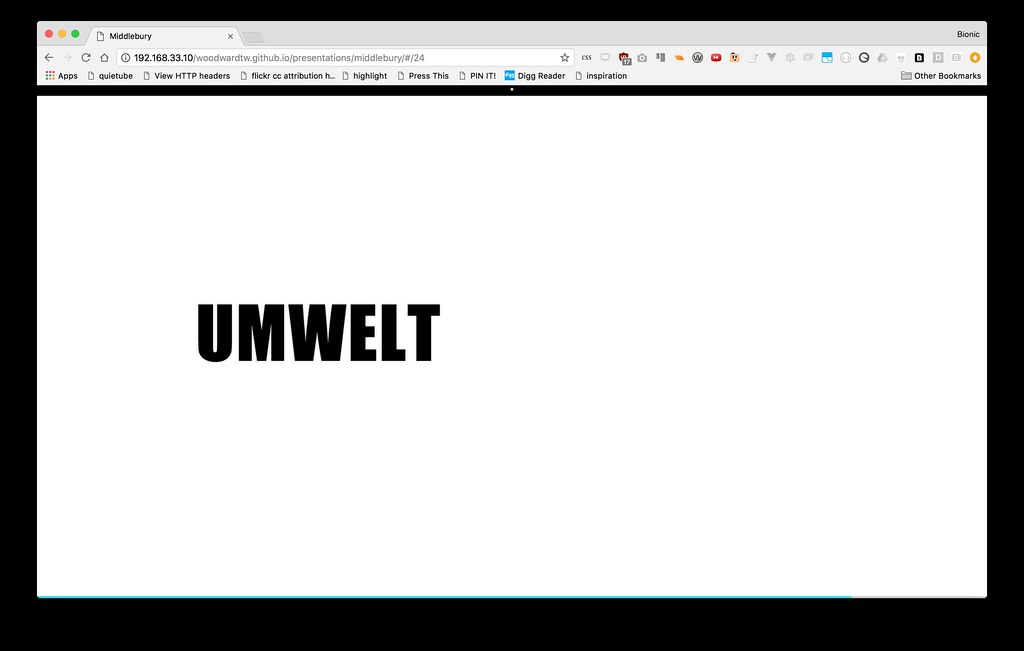
My good friend umwelt (and I even got it pronounced well by a participant who spoke German). I was introduced to this idea from an XKCD comic that was published in 2012 and it has stuck with me. The comic itself isn’t showing right now due to a mixed content security issue with the script. I know that because I looked at the console when it didn’t load and I saw the errors. I even wrote an email letting the tech support for the site know what was up. That’s probably some kind of digital fluency. If you want to see the whole comic series (it shifts as shows different things depending on browser, location etc.) you can check it out on the explain XKCD wiki.

“Umwelt is the idea that because their senses pick up on different things, different animals in the same ecosystem actually live in very different worlds. Everything about you shapes the world you inhabit–from your ideology to your glasses prescription to your web browser.” 4
I think this is a large part of digital fluency. You can help students be aware of an entirely different digital environment. Students can build tools that give them additional senses. They won’t be the same and I don’t know if there are common foundational elements. I am reading The Ignorant Schoolmaster and lots of reaction against the idea of progressive release of complexity resonates with me. I think there more of a need to focus on dispositions. We want people who see technology as malleable. People who bend the technology and see the digital as a servant or an augmentation rather than a vessel you must fit yourself into.

Which loops us back to a Bret Victor-related quote from dynamic land. I think this is an essential element of digital fluency. You have to be aware of the way technology can deform you as a human. This is both mentally and physically. The full quote from that document is well worth considering. The line between deformation and augmentation is probably far thinner than one might expect.
“Living is a form of not being sure, not knowing what next or how . . . We guess. We may be wrong, but we take leap after leap in the dark.” This is an Agnes de Mille quote. Knowing the propensity of the Internet for quote attribution drift I sought out the original source. I think this meshes well with the idea of dealing with digital fluency now (and maybe forever). You can’t predict all this stuff. It’s moving so fast and there’s just so much to consider. Rather than trying to map out paths of certainty or establishing arbitrary basic competencies we should be focusing on dispositions and patterns of thought that take advantage of the sheer scope and variability of the digital. We need people who see this as an opportunity and keep building and revising and reconsidering as the sands shift and their own goals and desires change and expand.
1 Note the # parameter in the URL which lets me link to a particular point in the slide show. The power of URLs will come up again throughout the presentation.
2 and many other
3 Which I guess I’ll define as images that align with reality without mechanical or digital manipulation that causes the alteration of a supposedly objective view of reality.
4 This is the quote that appeared when you hovered over the image. The comic itself requires a small element of digital fluency to fully experience.
